Splitting Headache Solved: Splitboarding with The Channel
Setting up a splitboard was once a huge hassle. Aligning the pieces that attached to your bindings to the corresponding components that attached to your board required the use of a guide tool that you’d swear was an inside joke prepared to induce rage. Not to mention, they restricted stance widths, setbacks and angles to a narrow range of possibilities. The result was an often less than ideal stance and a general reluctance to lend your board out or get experimental.
But that all changed when some of our engineers integrated The Channel into the Landlord Split, and opened up a quiver with the Custom Split and Fish Split. Building on a decade-long partnership with Voilé, Burton’s splitboard engineers created a new collab puck interface to link any existing Spark, Voilé or the Burton Hitchhiker binding to The Channel mounting system.
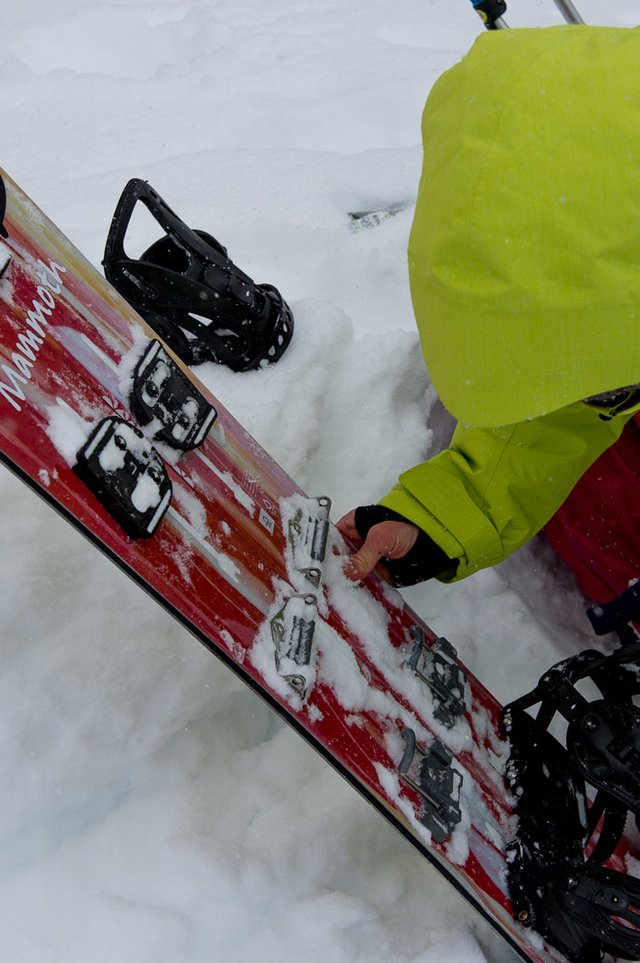
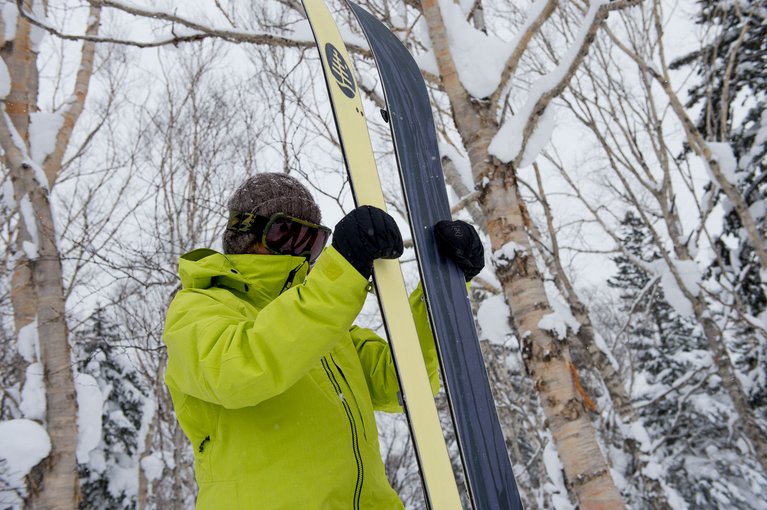
The Landlord, Custom, Fish, and Anti-Social splitboards enable a superfast setup that opens the doors to virtually unlimited stance options with 20-to-26-inch widths even if you’re running 27-degree angles. The complete stats include 42 degrees of maximum rotation and the option of toe/heel centering plus the same three-year warranty that’s found on all Burton boards with The Channel. (Keep in mind that the three-year warranty covers the entire board, not just The Channel. Cha-ching!)
“It’s super fast and easy to mount the pucks, and get your stance dialed,” says Dave Downing, who has worked with Burton on splitboard development since 1995. “Getting your stance dialed in on a splitboard is huge, and it makes it super easy. And now you can let a friend use your board, or you can demo it out if you’re a shop, and it’s easy to mount it back again to your stance.”
The thought behind integrating The Channel technology into a split set-up was a logical fusion of two existing technologies grown out of a decade-long partnership with Voilé. “Burton has been in production with The Channel since 2007. It is our specialty and the technology is something we continuously improve upon,” Burton engineer Matt Diem says. “Bringing The Channel to our splitboards was a natural evolution. Once we did that, it became obvious that we could redesign the binding interface to work with The Channel. The result was a simpler system that eased binding set-up and adjustment and allowed the rider to achieve their exact stance.”

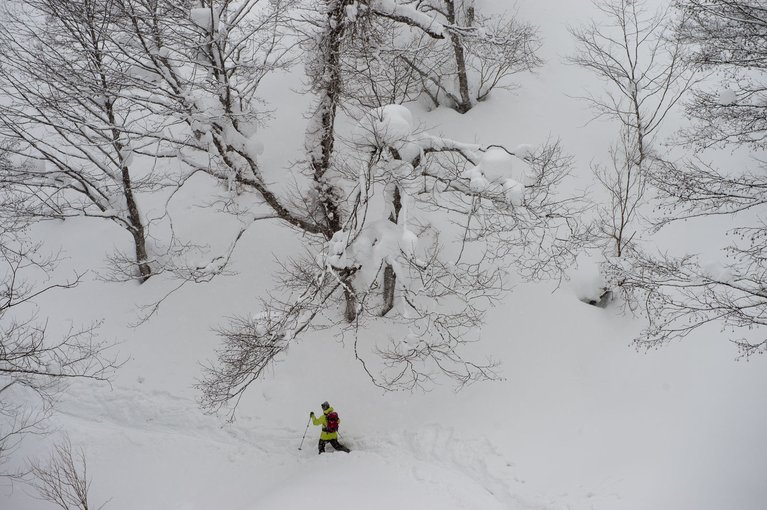
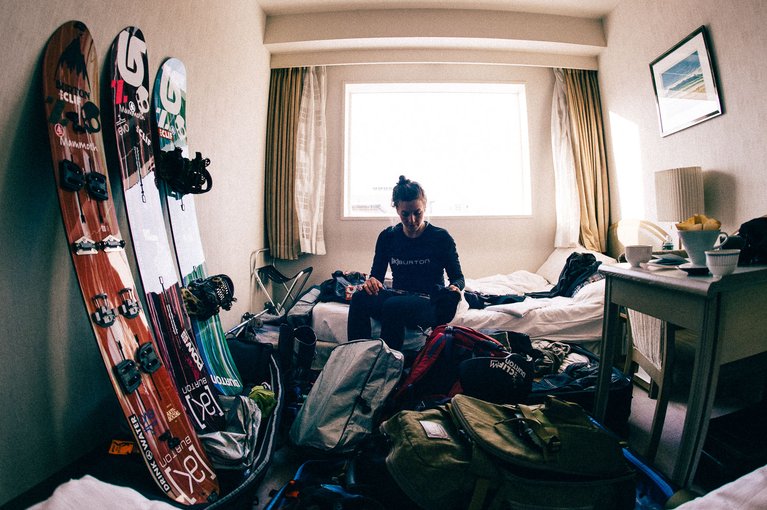
“The biggest advantage of The Channel in splitboards is adjustability,” confirms splitboard designer Scott Seward. “Stance adjustments can be made in seconds. The splitboards ship with a small stance indicator that fits easily in any pocket and that, along with a #3 screw driver (or snowboard tool), is all that is required to set up and adjust stances.”
But speed of setup is not the only advantage. By using The Channel, rather than standard inserts that require a minimum 6mm of core thickness, the board design team was freed to soften splitboard flexes by utilizing lower profiles. For bigger riders that’s not such a big deal, but for women or lighter riders, it creates a much more natural backcountry ride than suffering on a board that feels and flexes like a stiff plank in the pow.
But speed of setup is not the only advantage. By using The Channel, rather than standard inserts that require a minimum 6mm of core thickness, the board design team was freed to soften splitboard flexes by utilizing lower profiles. For bigger riders that’s not such a big deal, but for women or lighter riders, it creates a much more natural backcountry ride than suffering on a board that feels and flexes like a stiff plank in the pow.

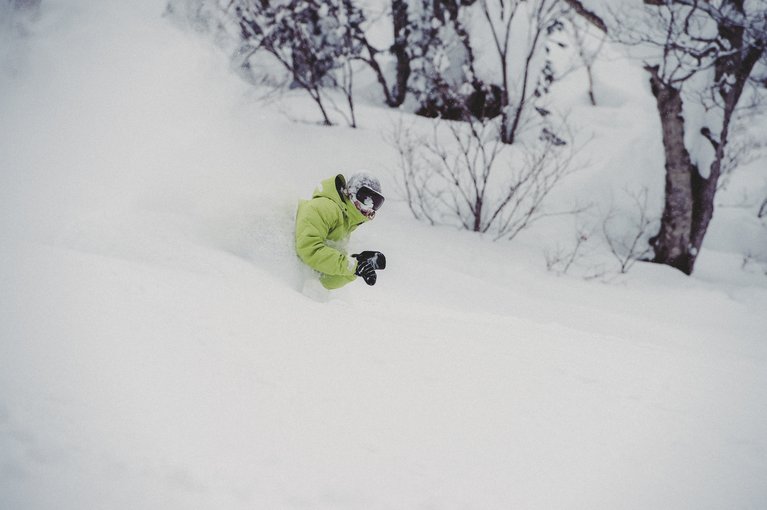
“I believe that in the backcountry the simplest solution that meets the functional requirements is the best solution,” Diem summarizes. In this case, Burton’s quiver of splits with The Channel interface passes that ultimate backcountry test. ∆
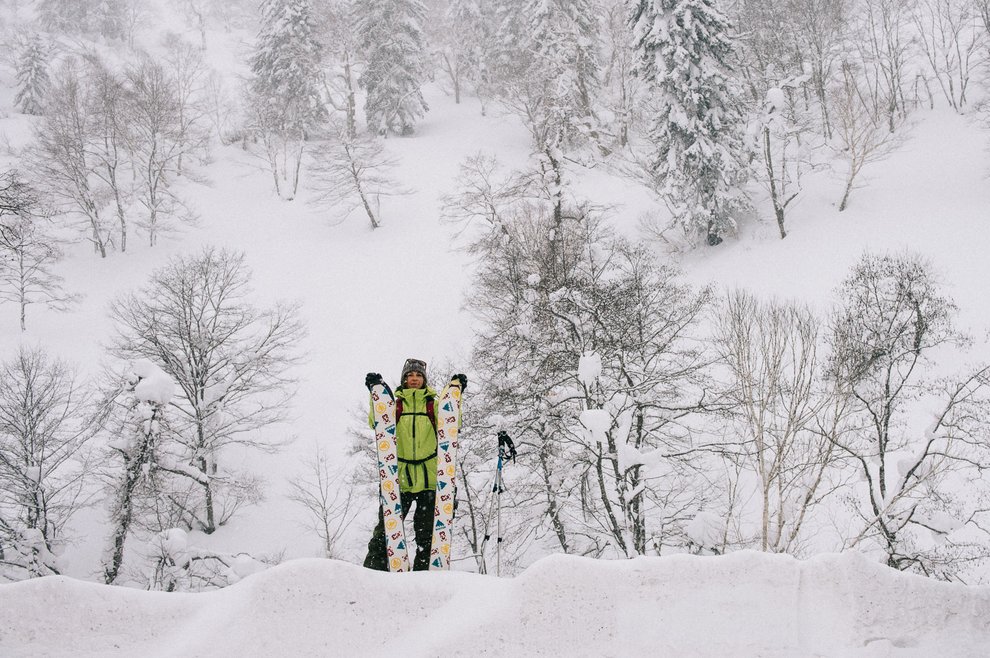
*Any exploration into the wild comes with serious inherent risk. No rider should venture into the backcountry without knowledge of snow safety and the proper safety equipment (avalanche beacon, probe, shovel, etc.) To learn more, head to avtraining.org.